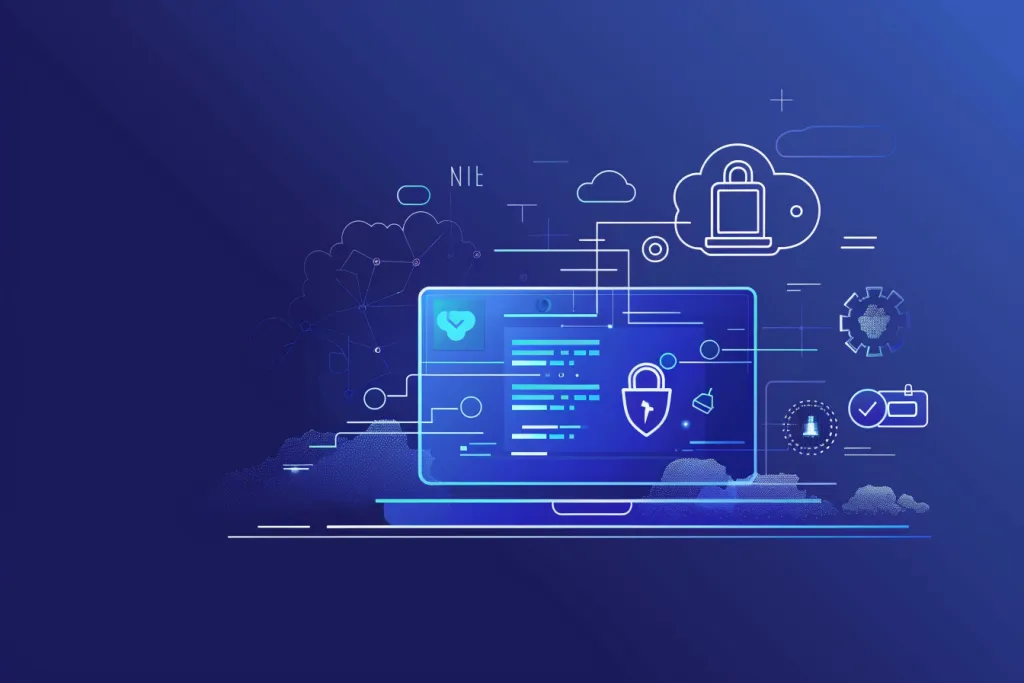In a time where technology is pervasive – most everything electronic is interconnected with software – there has never been a more relevant time to understand some of the nuances of software. It is now a system that powers many of the appliances and devices we use on a daily basis and one that can do many of the things we thought might have been reserved for the future. In this article, we work to demystify software by pulling apart the various parts of it and exploring what you – as a user of software – need to understand in order to better appreciate the nuances that can make it work right, make it more secure and make it more enjoyable to use.
Table of Contents:
– The importance of software compatibility
– Features and functionalities: Beyond the basics
– Security: Safeguarding your digital experience
– User interface and experience: The gateway to satisfaction
– Support and updates: Ensuring longevity and reliability
The importance of software compatibility:

You are de facto buying into the level of software compatibility. When you buy a software application that has broad compatibility — that is, software that runs well in many operating systems, (a) hardware environments or (b) other software — that improves your software experience. If a piece of software is known to be compatible with many environments, that’s the best place to start.
Moreover, after that, it is important to know its hardware requirements – if the software requires more resources than what your device can provide, then you will end up with a software on your device that will perform poorly. It is all about the match between what the software can do, and what your device is designed to do.
Finally, any two pieces of software will not hesitate to interact when it’s in their interest to do so. The current state of the art is disharmony, where each application aims to have the most control and dominance in a digital ecosystem – for example, when you run several applications simultaneously and one of them is problematic. Asking for a compatibility check before installation might help you to avoid headaches later.
Features and functionalities: Beyond the basics:

A software product is not just any tool: it is a solution, engineered to solve a certain kind of problem. It is important to look beyond basic features when comparing different pieces of software. While you might think it natural to compare eBay with Craigslist, you should first ask yourself which software is right for the particular task at hand. For instance, if you want to donate a rug to a good cause, you should choose eBay, since Craigslist would force you to delete your listing after three months or two sales, depending on the situation. Exotic features are not always more complex, and they can confer powerful advantages on the user, making a task easier or faster, or allowing for possibilities that would otherwise be impossible.
Add customisability to the mix, so that users can customise its operation to work for their particular needs, and you will also boost efficiency – and user satisfaction. After all, it’s the software that has to work for you, not the other way around. customisable interfaces, adjustable workflows are powerful beyond belief.
But these features and degree of customisation require a certain way of thinking in the design of software. Good programs must walk a fine line between flexibility and usability. Users should not have to navigate pages and pages of menus to get their software to do what they want it to do. Nor should they have to follow a lengthy learning curve to harness the power of software that can do all manner of things. The best software is power, wrapped in usability.
Security: Safeguarding your digital experience:

Modern times call for modern measures when it comes to security. There can be no doubt that software vulnerabilies can be the most effective way for malicious entities to gain control over your personal information and, consequently, over your computer. Therefore, when choosing software, you have to pay attention to its security features and select a version that is regularly updated to accomodate the latest security measures.
Encryption is another essential form of security. Software that encrypts your data means that any intercepted information is ineffectual without your encryption key. Encryption is crucial for applications that handle sensitive personal or financial information.
Additionally, reputation of the software developer should be a factor in the decision: preferred should be developers with a proven record of responsibly addressing vulnerabilities or issues, providing timely patches and fixes, who have earned the trust of security watchers with a proven record of reliable and reliable software.
User interface and experience: The gateway to satisfaction:

The UI (user interface) is the link between the software and its user. As well as making software more attractive, good design makes software much more usable. Information should be clear and uncluttered, and the navigation made as easy and efficient as possible.
UX, short for user experience, remains paired with UI and refers to how it feels to use the software. Delays, errors and other frictions reduce user satisfaction. Thoughtful attention to detail, such as tooltips that provide explanations when the mouse hovers over an item, or ways to undo a command, can make a big difference to UX.
Feedback mechanisms are also important. Software that engages users in a feedback loop, where their input is part of the development cycle, demonstrates a commitment to improvement, ensuring the software evolves in ways that support its users.
Support and updates: Ensuring longevity and reliability:

The life of a piece of software doesn’t end at release – its maintenance and updating is as important as its initial creation. Software that provides full support – whether through thorough documentation, responsive customer service or a bustling user community – means players can keep themselves playing.
Frequent updates also play other roles: adding new features, improving existing ones, and patching security holes. Well-maintained software – software that receives frequent updates – is software that is being regularly invested in by an engaged development team that wants to offer the best possible experience to its consumers.
Finally, ease of learning and fixability gives the software economic value. Resources such as tutorials, forums and direct support help the user make better use of the software, which also makes it more valuable.
Conclusion:
Software is the most influential component in many categories of consumer electronics, dictating your device’s functionality, security and everything in between. You have a choice of what you use to make your device work, how you learn to use your device, what features your device offers and how much it costs. You have countless choices, and alongside those choices, which software you choose on your device carries direct implications for your digital life. If you have better information about your software choices, you can make better decisions. You can drive technology to be a partner in your digital life, rather than a mere tool.



